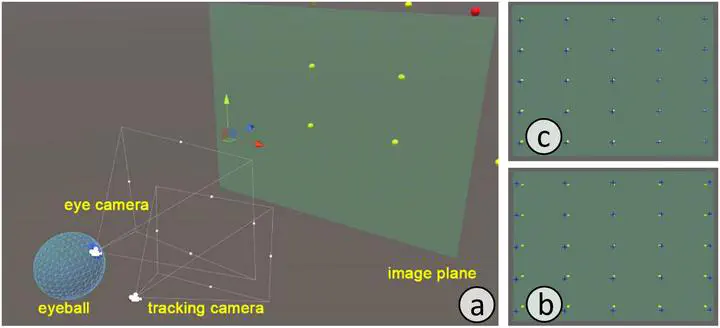[VR 2017] RIDE: Region-induced data enhancement method for dynamic calibration of optical see-through head-mounted displays

Abstract
The most commonly used single point active alignment method (SPAAM) is based on a static pinhole camera model, in which it is assumed that both the eye and the HMD are fixed. This leads to a limitation for calibration precision. In this work, we propose a dynamic pinhole camera model according to the fact that the human eye would experience an obvious displacement over the whole calibration process. Based on such a camera model, we propose a new calibration data acquisition method called the region-induced data enhancement (RIDE) to revise the calibration data. The experimental results prove that the proposed dynamic model performs better than the traditional static model in actual calibration.
Type
Publication
In 2017 IEEE Virtual Reality (VR)
Click the Cite button above to import publication metadata into their reference management software.